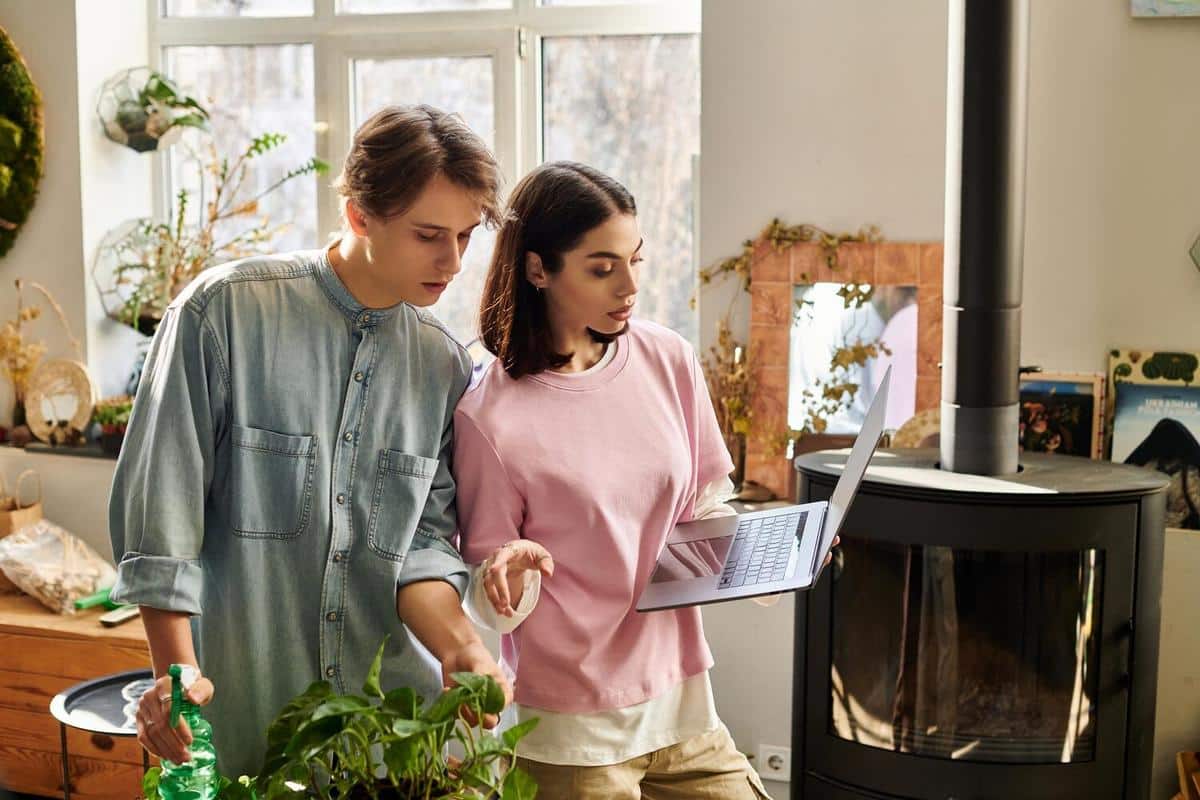
Creating a Sustainable Home: From Energy Efficiency to Eco-Friendly Design
Transforming your home into a sustainable haven is not only beneficial for the environment but also for your wellbeing and finances. This journey involves integrating energy efficiency with eco-friendly design elements to create a harmonious living space.
Living sustainably is more than recycling; it’s about making conscious choices in your daily life, especially at home. By focusing on energy efficiency and eco-friendly design, you can significantly reduce your carbon footprint and enjoy a healthier living environment.
Energy Efficiency: The Cornerstone of a Sustainable Home
Energy efficiency is crucial in minimizing a home’s environmental impact. According to the U.S. Energy Information Administration, residential energy use accounts for about 20% of total energy consumption in the United States. This highlights the importance of optimizing energy use at home.
Expert Insights
Jean Rogers, a sustainability expert, suggests, “Investing in energy-efficient appliances and proper insulation can drastically cut down energy use and costs.” This approach not only benefits the planet but also saves money on utility bills.
Simple Steps to Boost Energy Efficiency
- Replace incandescent bulbs with LED lights.
- Install programmable thermostats to regulate heating and cooling.
- Seal windows and doors to prevent air leaks.
Eco-Friendly Design: Creating a Healthy Home Environment
Eco-friendly design focuses on using sustainable materials and creating a space that supports a healthy lifestyle. This includes everything from the furniture you choose to the paint on your walls.
Research Findings
A study by the World Green Building Council found that green buildings can reduce carbon emissions by up to 40% and improve indoor air quality.
Eco-Friendly Design Tips
- Use non-toxic, low-VOC paints and finishes.
- Opt for furniture made from reclaimed or sustainably sourced wood.
- Incorporate plants to improve air quality naturally.
Personalizing Your Eco-Friendly Space
Take inspiration from eco-conscious homeowners like Emma, who transformed her home with recycled materials and energy-efficient systems, creating a space that reflects her commitment to the environment.
Comparison Table: Energy Efficiency vs. Eco-Friendly Design
| Aspect | Energy Efficiency | Eco-Friendly Design |
|---|---|---|
| Focus | Reducing energy consumption | Using sustainable materials |
| Benefits | Lower utility bills | Improved indoor air quality |
| Examples | LED lighting, smart thermostats | Reclaimed wood, low-VOC paints |
| Impact | Reduces carbon footprint | Supports a healthy lifestyle |
| Implementation | Appliance upgrade | Interior design choices |
| Cost | Varies, often with long-term savings | Varies, potential upfront investment |
| Longevity | Efficient systems last longer | Durable materials reduce need for replacement |
| Overall Goal | Conserve energy | Promote sustainability |
FAQs
How can I start making my home more energy-efficient?
Begin by conducting an energy audit to identify areas for improvement, then prioritize upgrades like insulation and energy-efficient appliances.
What are some cost-effective eco-friendly design changes?
Consider using recycled materials, adding houseplants, and choosing sustainable furniture to make impactful changes without breaking the bank.
Conclusion: Take the First Step
Creating a sustainable home is an ongoing journey that combines energy efficiency with eco-friendly design. By starting with small changes and gradually incorporating these principles into your home, you can contribute to a healthier planet while enjoying a more comfortable and sustainable living space. Embrace this opportunity to make a positive impact today!


